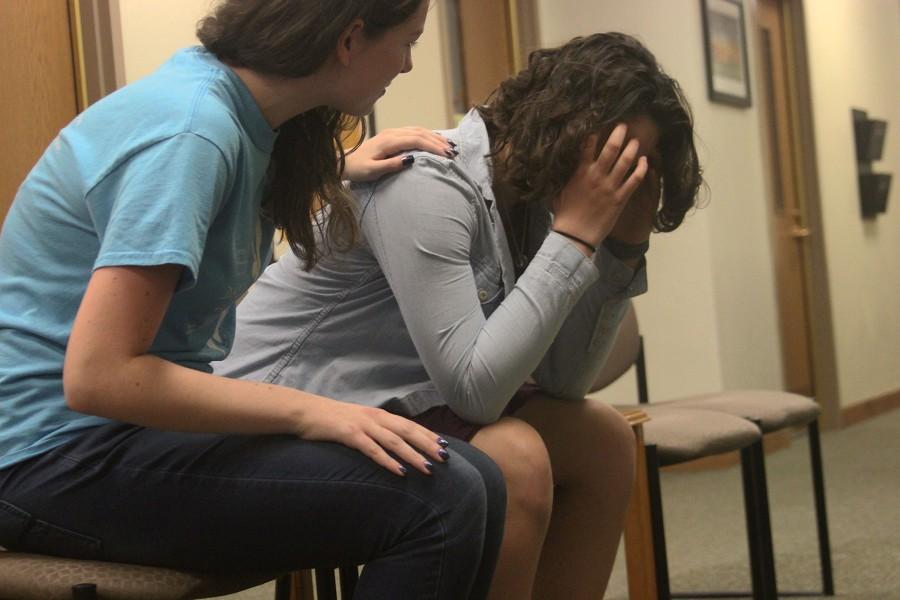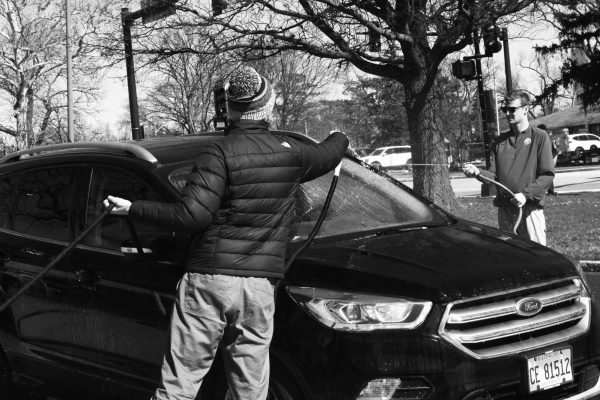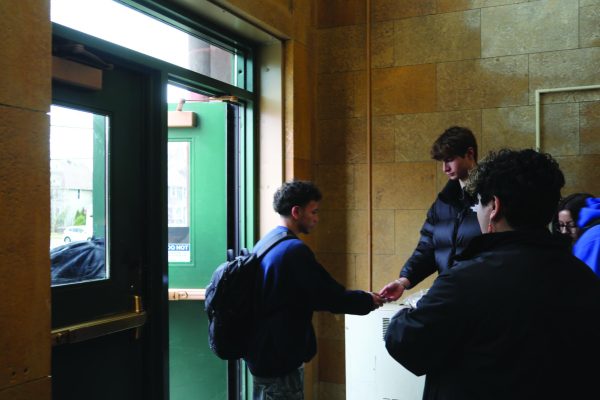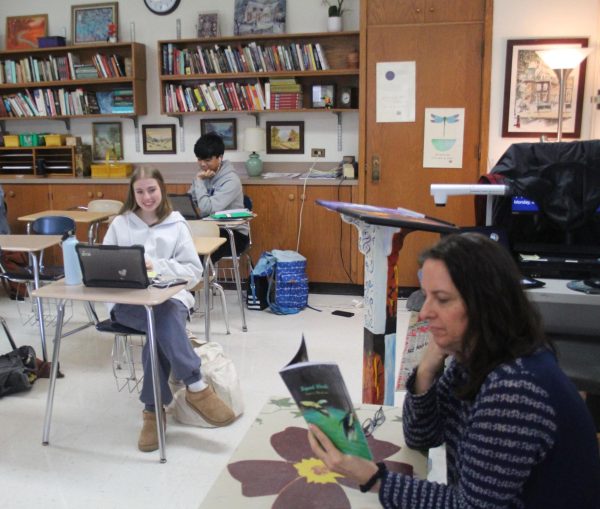LT staff responds to tragedy
LION reveals how administration, crisis team handles student death
October 23, 2015
Over the course of the past six months, the LT community has suffered the devastating loss of two students. Dylan Buginas passed away on April 7, 2015 and Neyla Soriano on Sept. 14, 2015. Due to the catastrophic tragedy that LT students have experienced, the administration is working behind the scenes to provide extensive support to those who are greatly impacted by these deaths.
After a death has occurred, the LT crisis team, made up of around 30 psychologists, social workers, guidance counselors, public relation coordinators and other administrators, meets frequently in order to discuss what actions must be taken and what support must be put in place. Therefore, their response is two-folded: the actions taken within an initial response period of a death and the long-term response period as well.
“Whenever we lose a student, for whatever reason, it’s tragic,” Principal Dr. Brian Waterman said. “We look at it from a proactive perspective and also from a reactive perspective.”
Within the initial response period, all social workers and guidance counselors are contacted after information has been released about a student passing. Then, in order to inform the faculty at LT, the school must receive permission from the family of the student who has passed to confirm the individual’s death. When this permission is given, the faculty is officially informed via email. After this, the crisis team compiles a list of students, based on knowledge from teachers, counselors and the family, who may be directly impacted by the death of their friend. This includes students that are in the same classes of the student who has passed.
“There is a research protocol that our guidance director, Donna Bredrup, takes the team through,” Waterman said. “And we first take a look at what students will be directly affected.”
LION reached out to Bredrup as well as Student Assistance Coordinator Jeanne Widing and school psychologist Morgan Anderson. All three declined to comment on this topic.
Counselors and social workers then closely monitor these students.
“We have a counselor and social worker that will follow the students schedule, usually for at least the first two days [following the death], and then on a needed basis after that,” Waterman said.
In the case of Soriano’s death, there have been about 162 students who the administration has met with, according to Waterman.
Then, during the long-term response period, a select few administrators attend the services (wakes and funerals) put in place to provide further support during those difficult times. The list of students who initially talked to counselors will continue to be checked up on in the weeks following the death.
“The work that the crisis team does is always based on research,” Waterman said. “The research, historically, has pointed schools to act in a certain way when any student death occurs. That research has certainly driven our communication protocols and our crisis response.”
The crisis team is trained to take action and provide support where it is needed, keeping the gates of communication open to the students and the administration. They emphasize the importance of properly dealing with stress on the micro-level, meeting with individual students, and the macro-level, incorporating it into class curriculum.
Therefore, many aspects must be monitored in order to make sure the vulnerability of students is being respected. For example, the administration discourages any public memorials for a student to avoid emotional responses from peers closely connected to the death.
“Research indicates that you don’t hold memorials, you don’t hold celebrations, you don’t hold moment of silences in cases of student death, regardless of what the cause was,” Waterman said. “One thing we are very conscious of is not producing emotional triggers for students, and those types of events really have the ability to do that.”
Despite the actions taken by the crisis team to handle student deaths, there is still much more room for improvement, Waterman said.
“One challenge we really face is getting family permission to share information, but on the other side knowing that so many of our students are on social media and have the information before we can officially share it as a school,” Waterman said. “That will probably be one of our most challenging problems moving forward.”
After the passing of Soriano, the news of her death was posted on the school website along with information on how to reach out to counselors for support. This is the first time the school has reported the death of a student on the school website. Although this may appear to be a small step, the administration works to improve their handling of student deaths each year.
“I think there are always things that we could do differently based on what we learn from every incident,” Waterman said. “We will certainly, at some point, sit down again and look at how this affected our school and [based on that] continually improve our support services through our crisis team.”
With that in mind, the administration will evaluate the response to their handling of Soriano’s death and make progress in the future according to what was successful and what was not.
“We have a wonderful team of adults here working with our students and we know more than anything that we need to get better every single day,” Waterman said. “Our focus is on supporting students. No school wants to go through this, but unfortunately every school has to go through this from time to time. It shouldn’t happen, but it does, and we want to provide as much support to students as possible.”





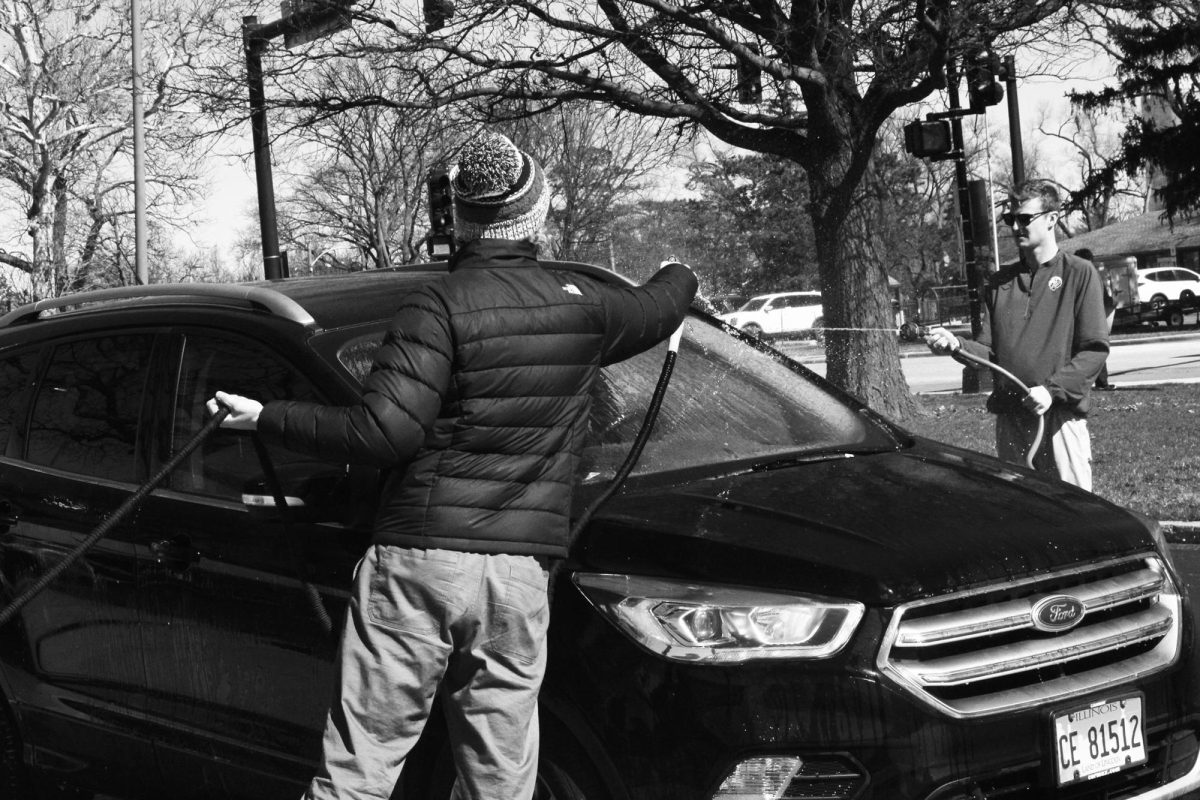

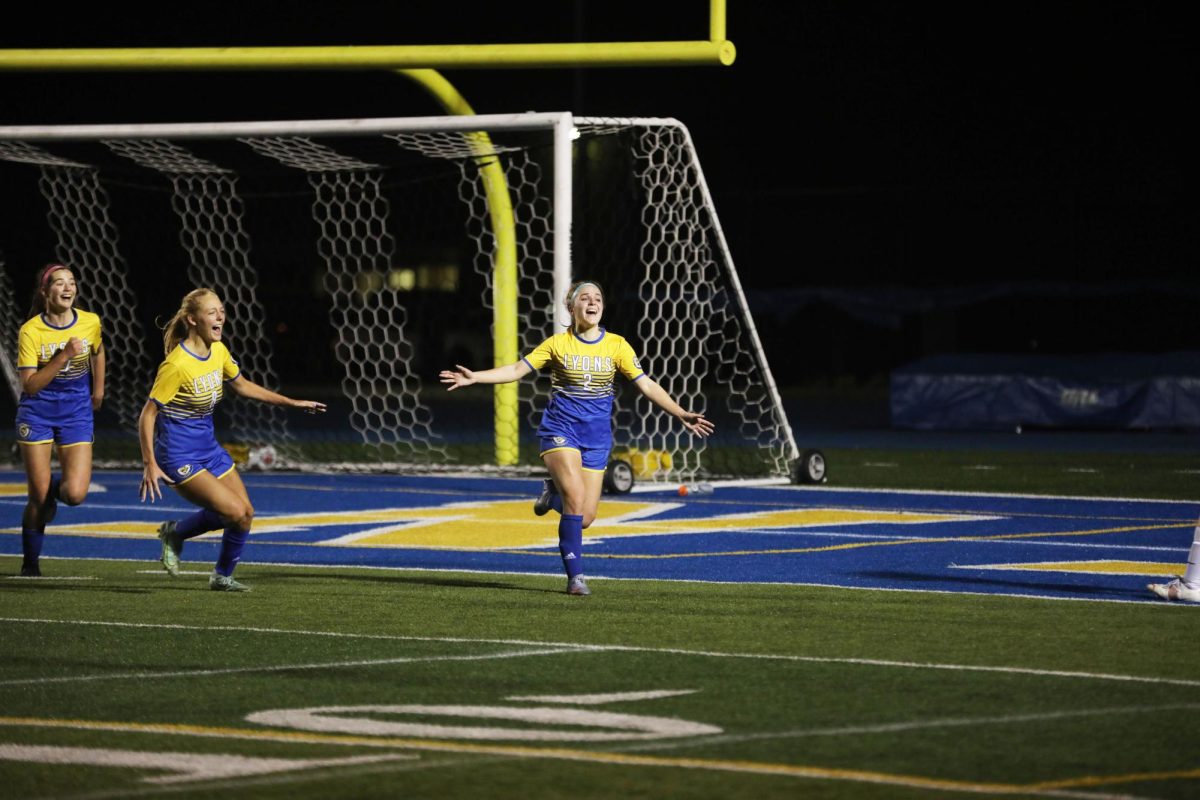

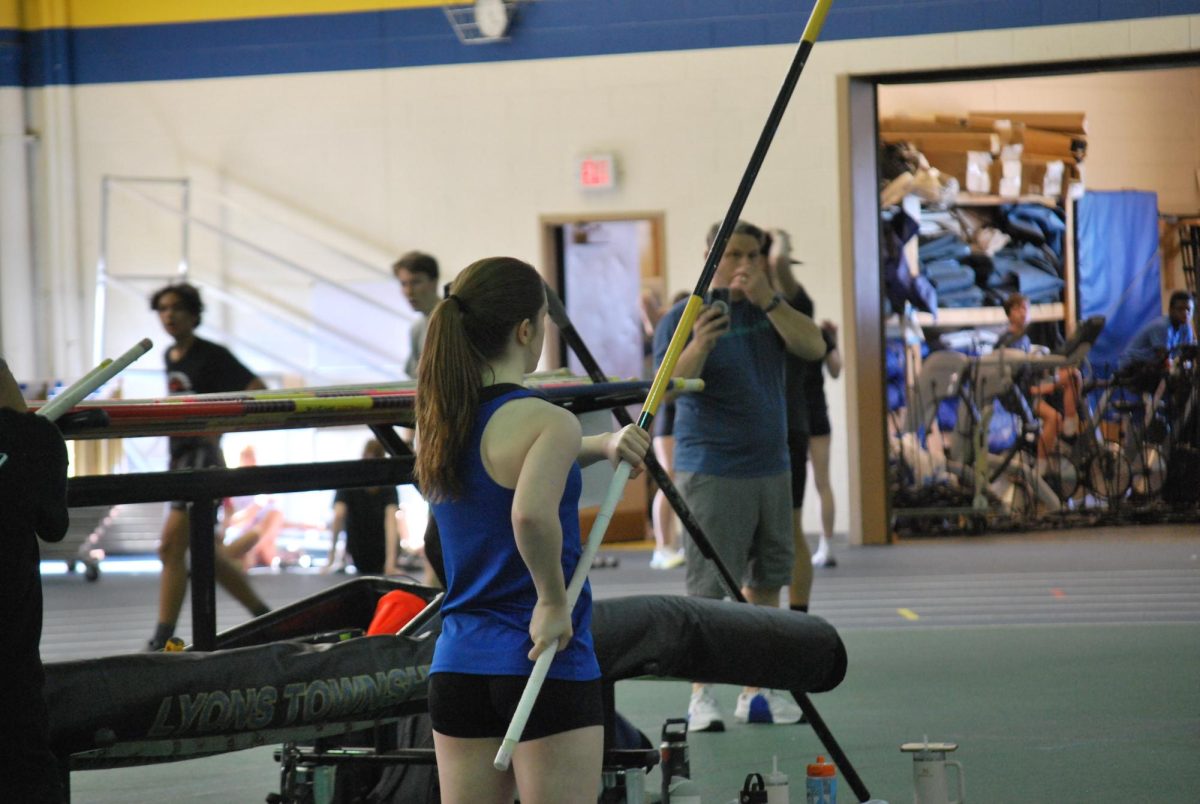
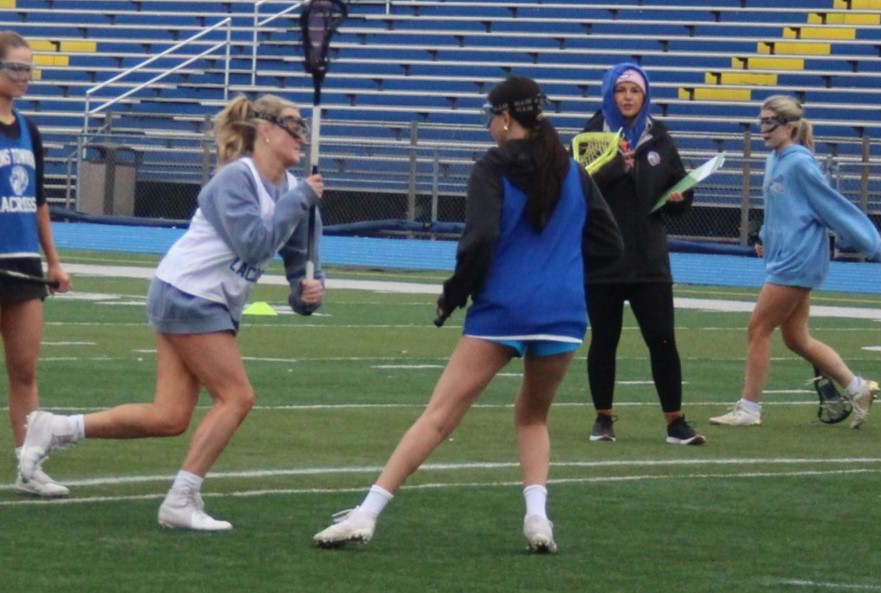




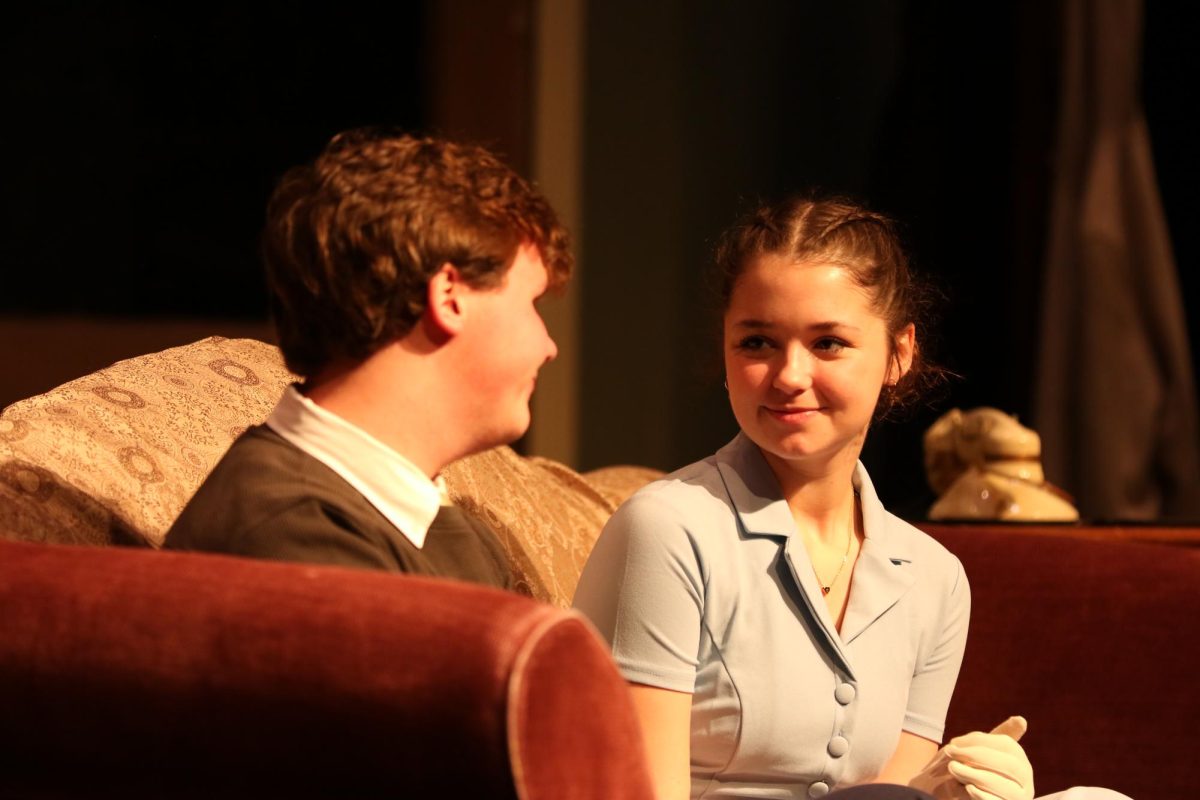


![Movie poster for [Rec] (2007).](https://www.lionnewspaper.com/wp-content/uploads/2023/04/rec-640x900.jpg)

